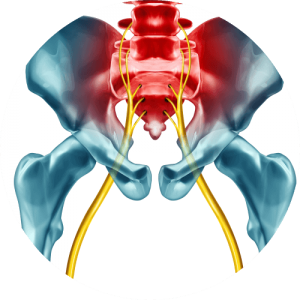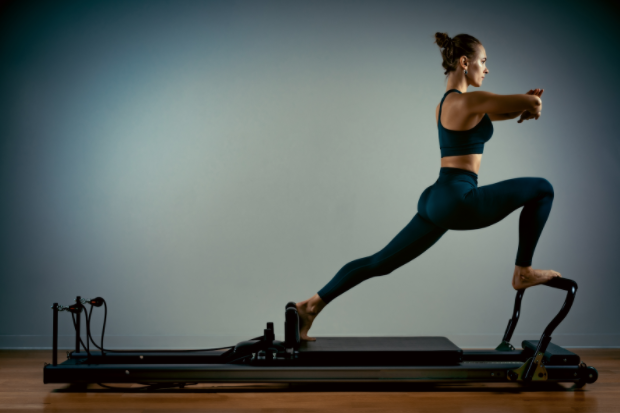WHAT IS PHYSIOTHERAPY FOR SCIATICA?
Physiotherapy for sciatica is a specific lower back program. Sciatica can be caused by nerve compression in the lower back. This is due to a disc injury or joint compressions. Most of the time, if there is sciatica there is disc involvement. Luckily, studies show that only about 2% of lower back pain patients go on to require surgery.
We focus on it specifically as it is a common condition and can be quite painful and prolonged. We provide education about the injury and how it normally resolves over time. The treatment for sciatica is both manual therapy and exercise based. Sciatica refers to compressed or irritated nerves that descend from the lower back. The nerve travels down the back of the hip, back of leg, calf and foot. This is why symptoms are felt anywhere down the leg.


HOW DO I KNOW I NEED PHYSIOTHERAPY FOR SCIATICA?
Pain is felt in the hip, leg and foot. Sometimes there is numbness and tingling into the calf and lower leg. Pain can be quite high initially and the affected leg might be difficult to walk on. You may benefit from anti inflammatory and/or pain medication. You will need to talk to your GP about any medications.
Other symptoms of sciatica:
You may have lower back pain with leg pain. The pain can vary from mild to severe.
The leg pain or sciatica may be worse with sitting and lifting the leg.
Bending forward may increase the sciatica symptoms.
You likely will have a disc that is either bulging or herniated.
The lower back joints may be compressed and pinching the nerve.
THERAPY TREATMENTS
- Acute stage of Physiotherapy for Sciatica:After the assessment we will determine which direction of movement is most effective at turning down your pain. In the acute stage this is very important. The goal at this stage is more about pain control. You may have a disc that is compressing the nerve. Inflammation around the nerve can also cause the sciatica symptoms. We work on a group of exercises that ‘centralize’ the disc. Some movements will also open up the joints and reduce compression on the nerve.
- Sub-acute Stage of Sciatica:During the course of your treatment we are looking for the sciatica or leg symptoms to reduce. We call this ‘centralizing’. As the disc heels or nerve calms down the pain centralize to the lower back. This is a normal progression of the injury. Sometimes the pain will be more noticeable in the lower back, but this is preferable to the sciatica. The treatment is now focused on stabilizing the disc and symptoms and allowing the area to heal.
Some movements are avoided in your treatment plan to facilitate healing of a disc.
- Advanced healing stage of sciatica:In this stage, your leg symptoms are much less if at all. The focus of treatment turns to restoring normal range of movement. Some movements may have been restricted or avoided to allow healing. Your symptoms will guide the progression of the treatment plan and exercises. If your symptoms are reduced enough, we can progress to lower back and trunk strengthening.
We also teach you exercises to avoid this from occurring in the future.

FREQUENTLY ASKED QUESTIONS
How long does sciatica take to resolve?
This depends on what is causing it. If it is more of a severe disc injury then the natural healing process takes longer. You will notice small gradual decreases in pain and other symptoms. This indicates healing is taking place.
Will my back always be fragile if I have a sciatica caused by a disc injury?
Many people have disc tears, bulges, herniations on MRI, but have no symptoms. Their backs are not fragile. Changes to the discs and lower back joints are a normal course of ageing. You should be able to get back to your usual activities.
